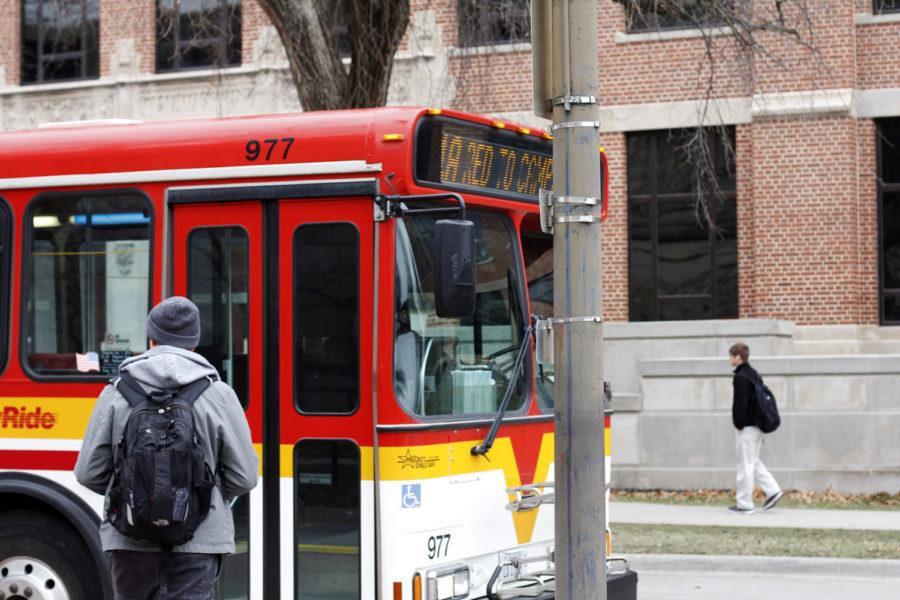Editorial: CyRide 2.0 better, but created new challenges for students to adapt to
February 17, 2019
After a year-long study and much discussion with the public, CyRide 2.0 was supposed to be better. But it has not quite hit the mark, as noted in a recent report conducted by CyRide.
According to polling data by CyRide, when respondents were asked if they agreed with the statement “I am satisfied with the current transit service CyRide offers under CyRide 2.0 and no changes are needed,” 421 of 492 people disagreed. That means that 86 percent of respondents were not happy with the changes or didn’t find them to be adequate enough.
With a system that transports around 7 million people a year, why weren’t more than 492 people reached out to, to gather feedback for a satisfaction survey? A common theme of the survey revealed that many of the routes need extended time periods and more timely buses — changes that will be made in May and August to multiple routes, including: #9 Plum, #14 Peach and #25 Gold, #6 Brown, #11 Cherry, #12 Lilac and #25 Gold.
Before moving forward, however, CyRide needs to take a step back and recognize a additional few things.
First, CyRide 2.0 was needed. The old set of routes and policies that CyRide was operating on prior to to CyRide 2.0 were not designed to handle the capacity that CyRide has grown to provide.
With that said, a year-long study may seem like a long time, but it may not have provided the clearest picture of how CyRide is actually utilized. A longer and broader study should have been done to best evaluate the changes that needed to happen.
Second, CyRide should recognize that negative opinions of 492 of the 7 million passengers they transport annually does not warrant changes. That isn’t to say that change might not be necessary, but it shouldn’t come about because such a tiny fraction of users are unhappy.
Finally, CyRide transports people, not numbers. While analyzing the numbers is a great way to assess routes that need extra attention and area that could be minimized, it does miss a key aspect of public transportation.
While it is notable that CyRide made the effort to find feedback on its updated system, there should have been more done to engage students, like a town hall or forum.
Additionally, future changes to CyRide should also account for the personal aspect of transportation. There is more to providing a good system than offering the most routes at the cheapest price.
CyRide 2.0 was an improvement on the last system. But it’s not perfect, and CyRide should continue to analyze its services and routes to ensure that it is offering the best possible transportation to Ames and Iowa State.
















